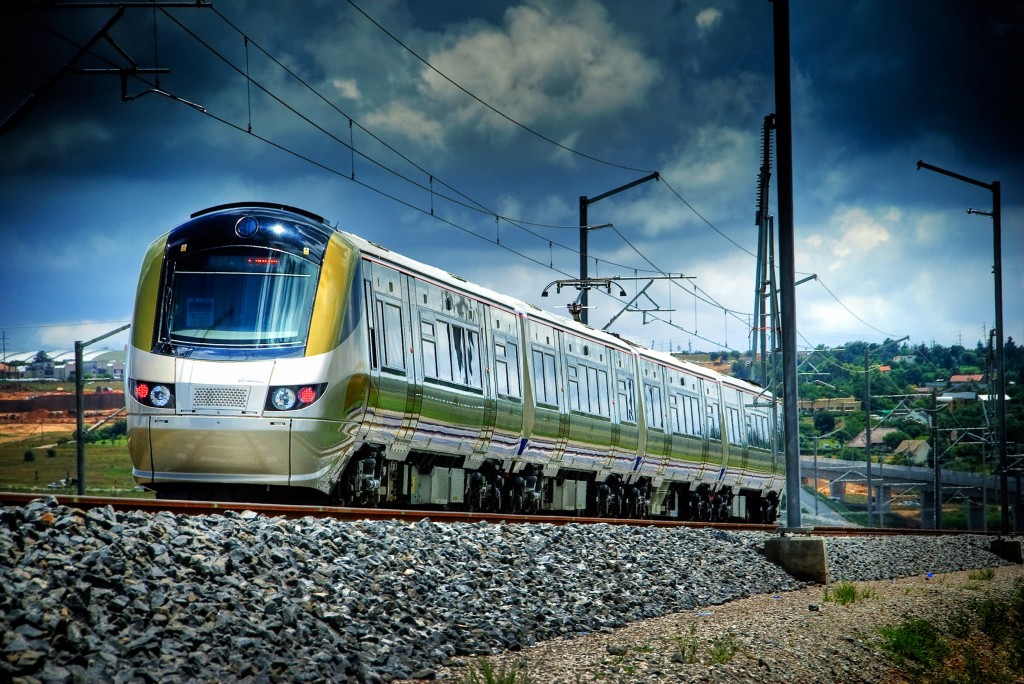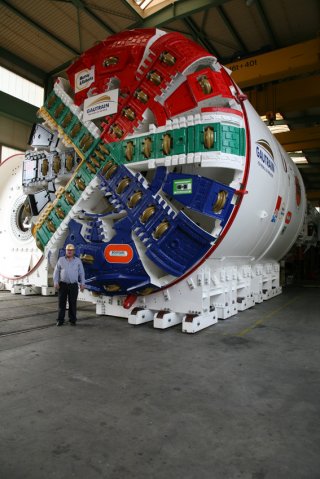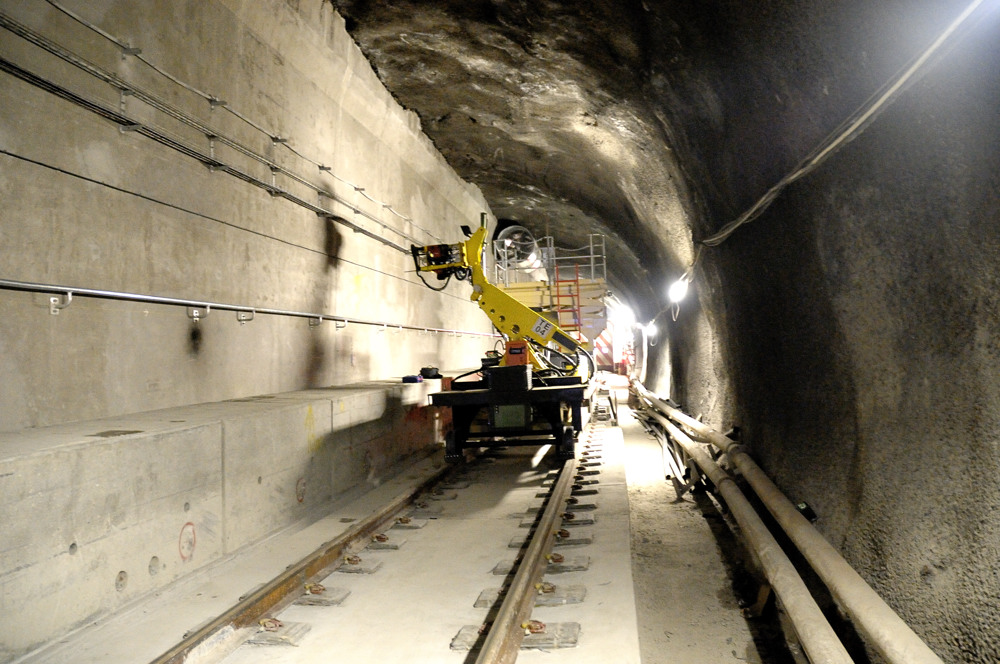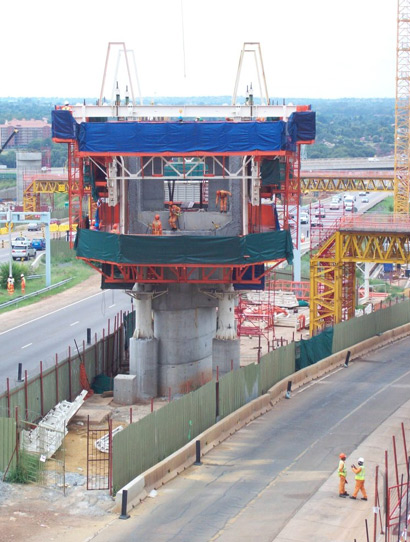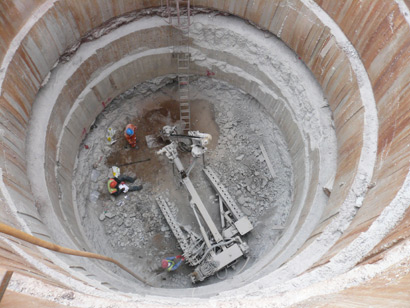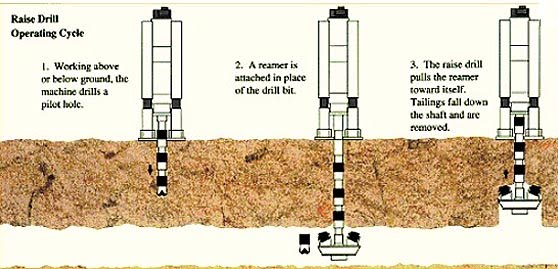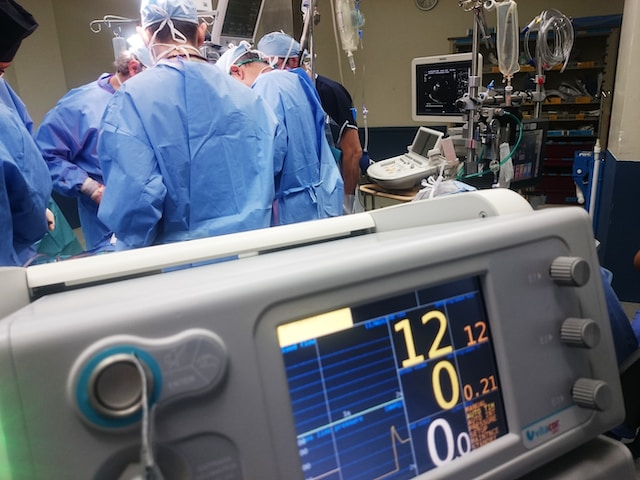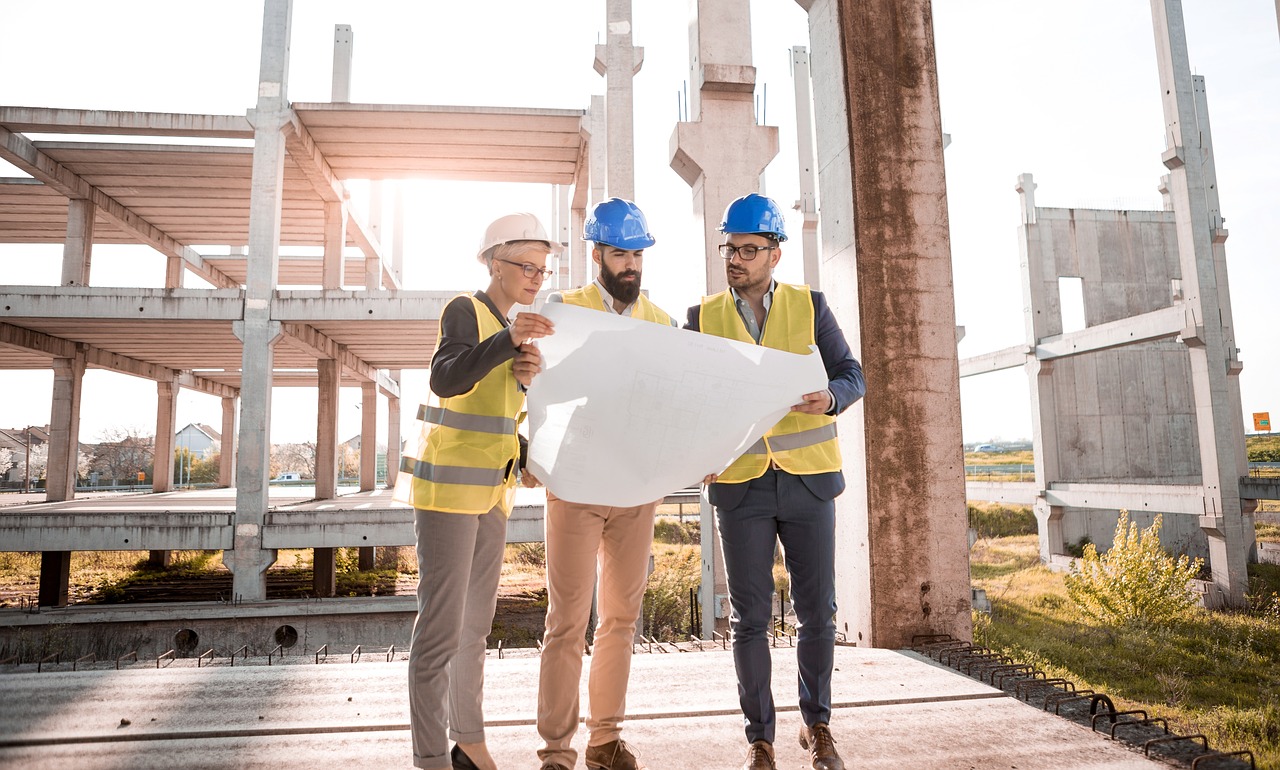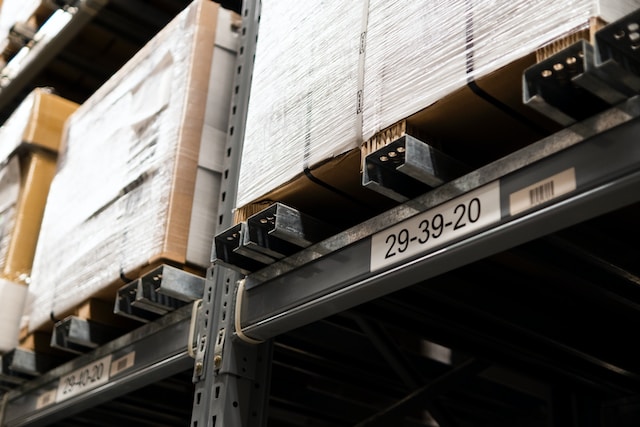Gautrain, a 50 mile (80km) mass rapid transit railway system linking Johannesburg, Pretoria and OR Tambo International Airport, is Africa’s first world-class, modern rapid rail and bus service built for Gauteng, the economic center of South Africa. At a cost of $2 billion (20 billion SAR) it is the largest Public-Private Partnership (PPP) in South African history. Gautrain serves about 4 million passengers a year.
A consortium including Bombardier Transportation, Bouygues Travaux Publics and Murray Roberts, among others began work in 2006 and built 10 stations including four at-grade, three elevated, and three underground stations.
Fifteen trains were manufactured and assembled by Bombardier in Derby, England and nine trains were assembled in South Africa using components manufactured in Britain. There are 24 trains in all, each with four cars. Nineteen trains now service the commuter network and five are linked to the airport.
Excavation Methods
Most of Gautrain’s rail track tunnels were excavated using drilling and blasting; holes were drilled and filled with dynamite and detonated causing rock to collapse thereby lengthening the distance of the tunnel. Creating a circular shaped tunnel requires careful calculation of the position and depth of each hole to be drilled and blasted.
A Tunnel Boring Machine (TBM) designed in Germany was also used. In order to handle a high water table and different degrees of hard rock, sand and soft soil German engineers custom-built a mixed face Earth Pressure Balance Shield. Part of the project involved urban tunneling in which tunnels were built under deep infrastructure foundations.
The TBM named Imbokodo with a 475 ft. (145m) backup system including 13 trailers, digs a 3 km long tunnel with an excavated diameter of 22.3 ft. (6.8m) and a minimum groundcover of 49 ft. (15 m); it weighs 885 tons.The cutter head of the machine is fitted with a cutter monitoring system from Bouygues called Mobydic. Sixteen disc cutters are equipped with sensors to monitor the ground conditions and the status of the tools. Five disc cutters are equipped with the heavy system monitoring the force applied on the discs, temperature inside the disc cutter and rotation speed of the disc and eleven disc cutters are equipped with a light system monitoring only the temperature. This system allows engineers to monitor ground conditions in real time and insurers optimization of cutter head maintenance.
Balanced Cantilever Viaducts
Engineers employed innovative techniques for the construction of Gautrain Viaducts crossing over busy freeways. Using balanced cantilever construction long spans, bridges were built over areas where construction from the ground was not possible. This involved the construction of concrete reinforced shafts or piled foundations that were socketed into hard dolomite bedrock. Each shaft is 7 m in diameter and reaches depths up to 30 m. The Viaduct piers were then created followed by construction of the viaduct segments.
Raise Boring Technology Used on Gautrain’s Emergency Access Shafts
Traditional top-down shaft sinking methods involve making a hole in the ground which is progressively deepened and lined until the required depth is reached. In Raise Boring underground access is available at the bottom of the proposed shaft. The Raise Bore rig is set up on a concrete platform and a small diameter pilot hole is drilled to intersect with the free space below. At this point a “reamer head” is attached to the drill string which rotates under pressure against the rock surface slowly enlarging the pilot hole.
Track Methods
Non-Tunnel sections of the track were laid using a conventional ballasted track system; inside tunnels a “state-of-the-art” track form system consisting of pre-cast concrete blocks surrounded with a rubber boot cast into concrete was used.
Related Articles on IndustryTap:

